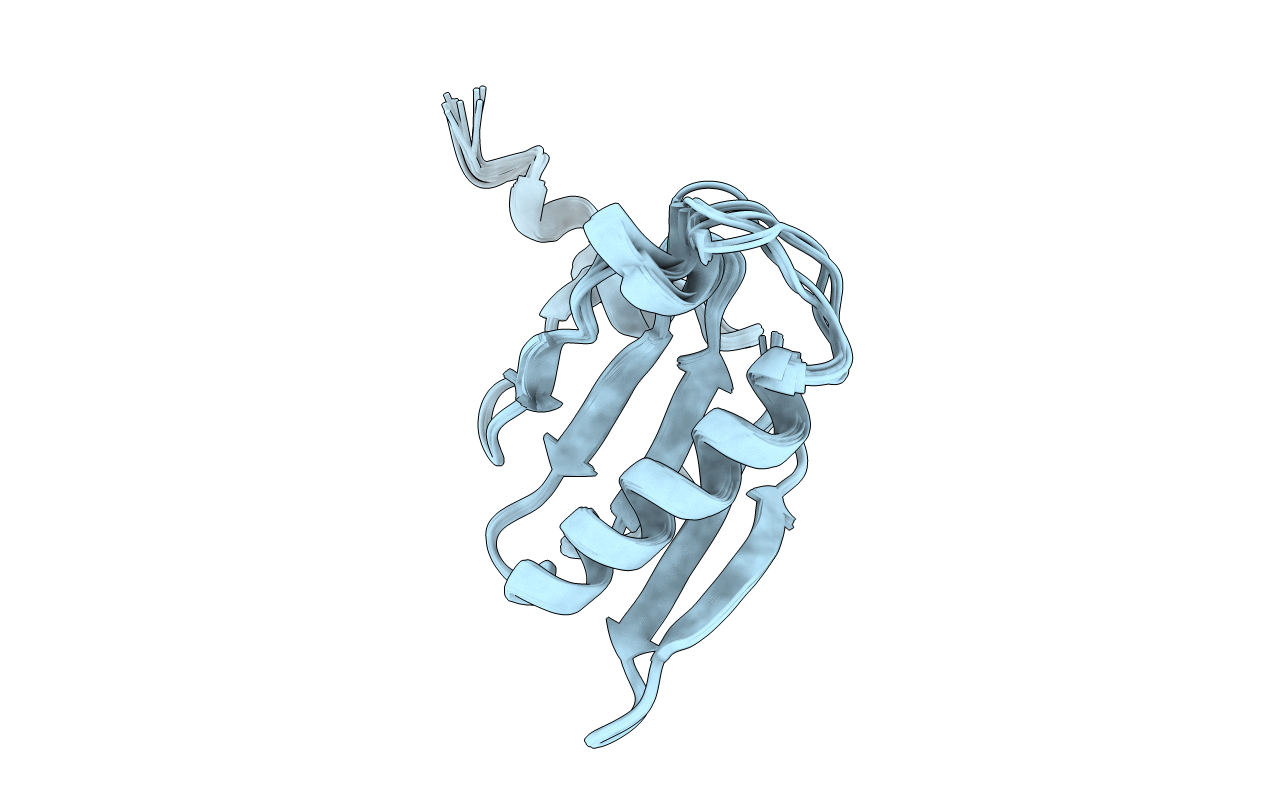
Deposition Date
2011-11-07
Release Date
2012-11-07
Last Version Date
2024-05-01
Method Details:
Experimental Method:
Conformers Calculated:
600
Conformers Submitted:
10
Selection Criteria:
target function


